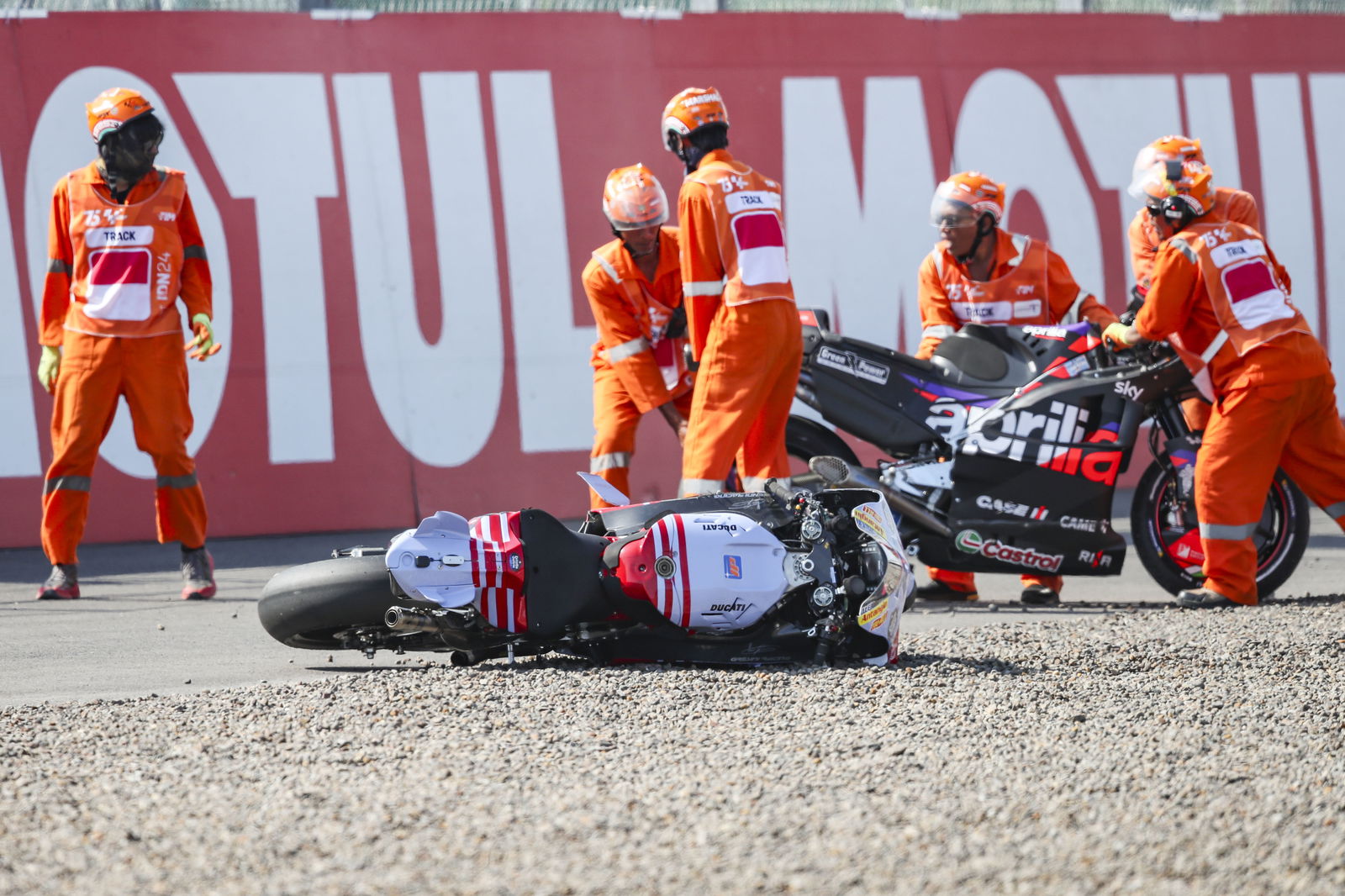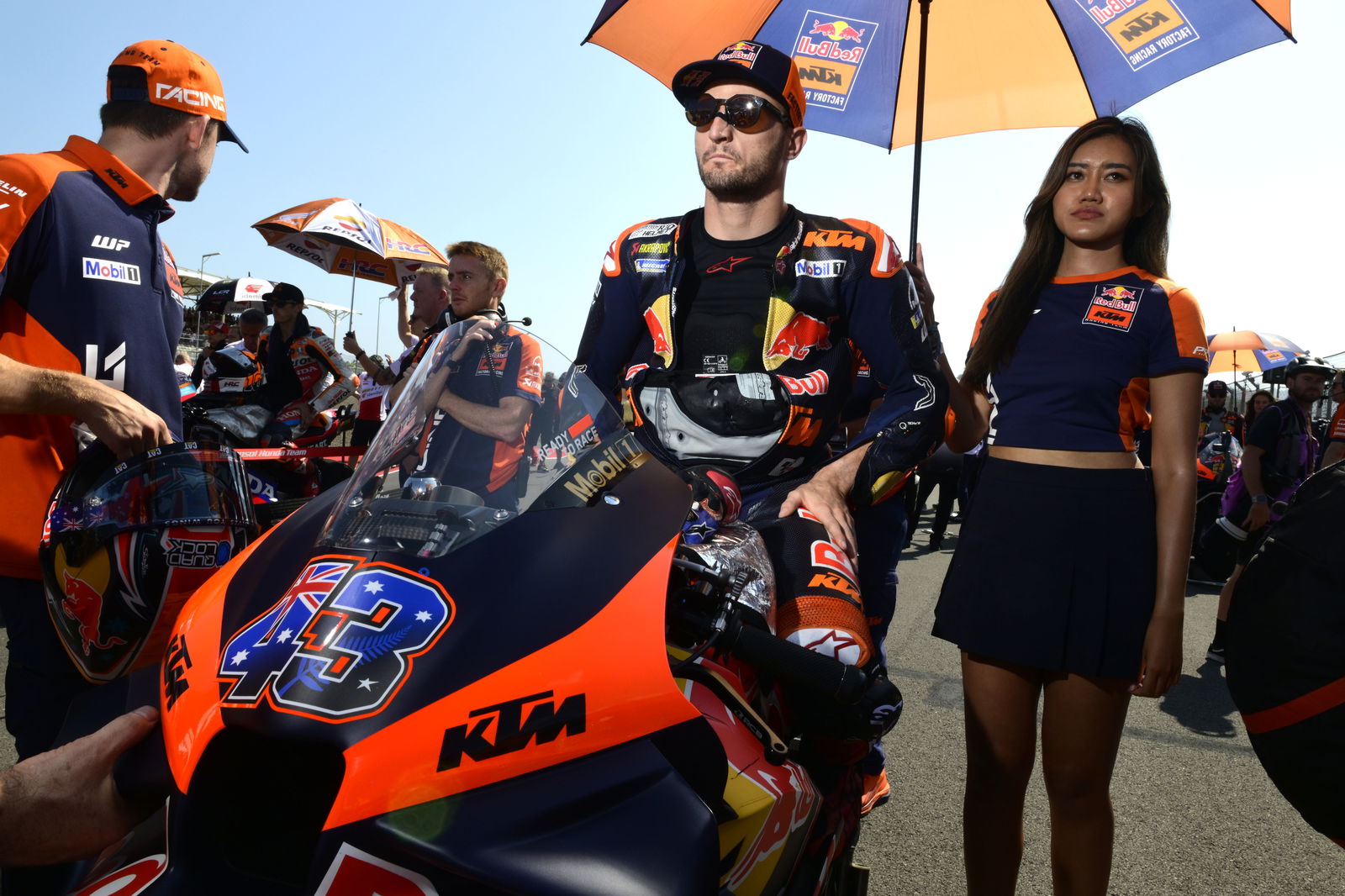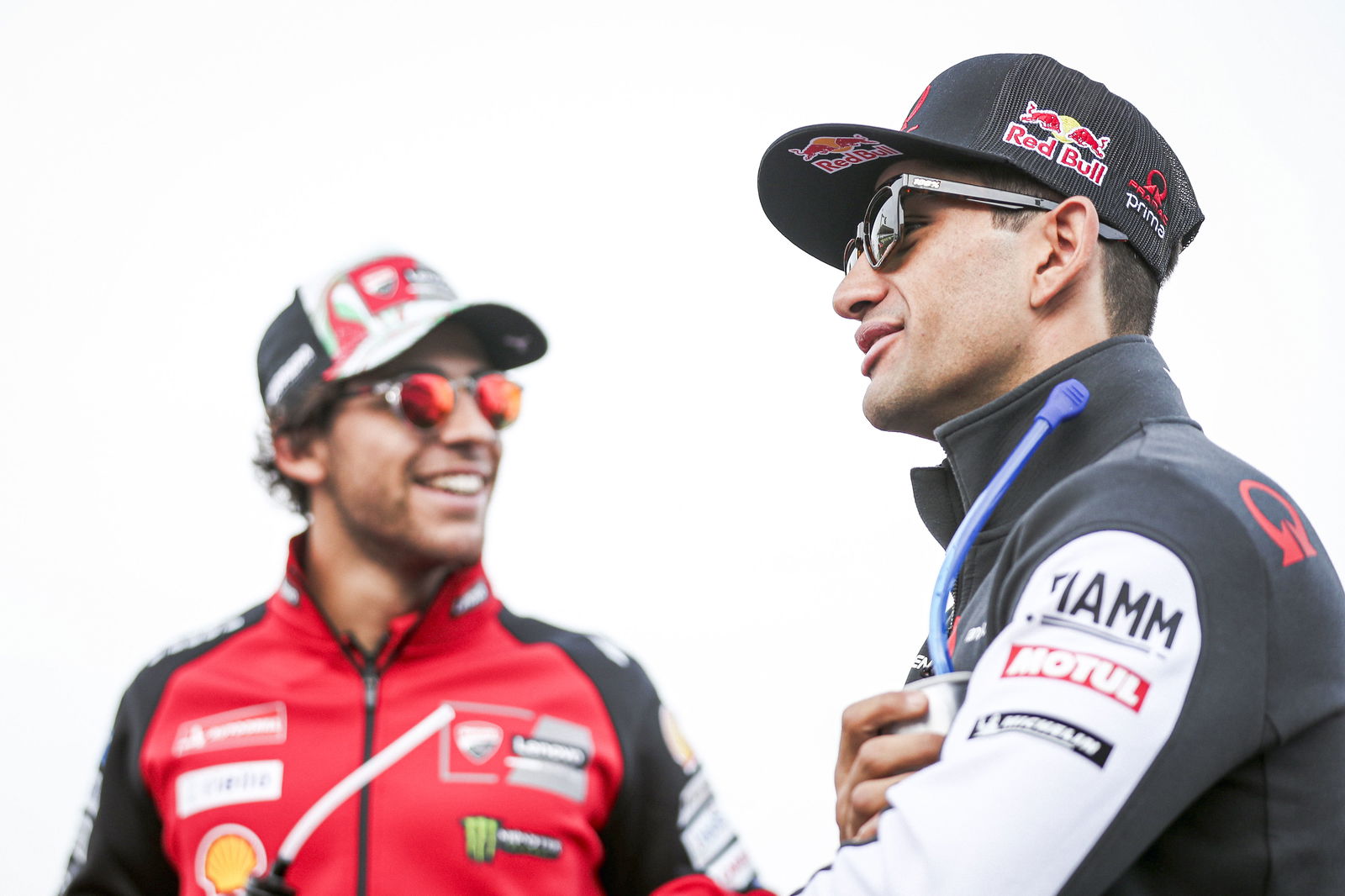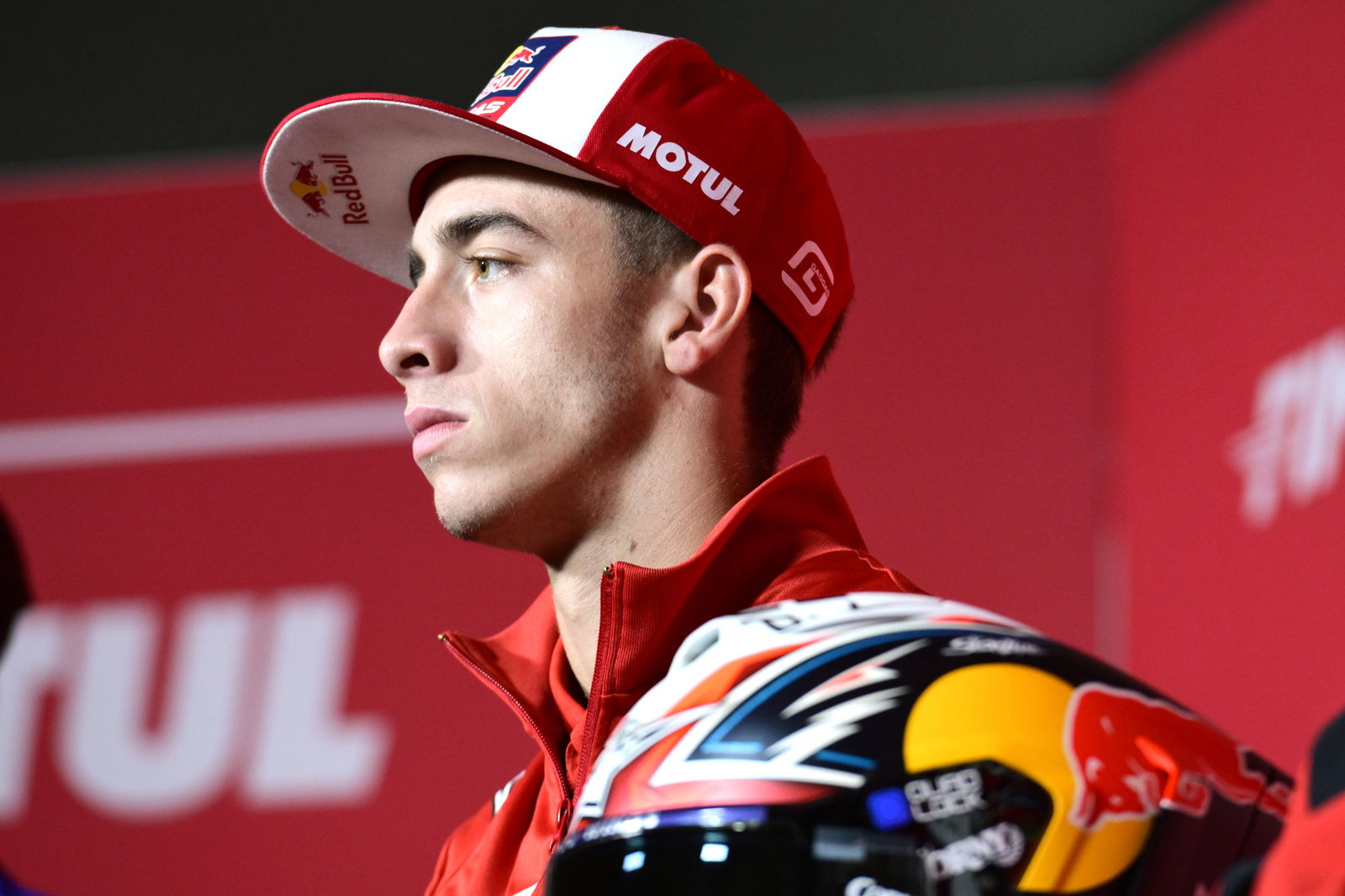Does the MotoGP Penalty System Need to be Looked At?
After no further action was taken in a four-rider pile-up in Mandalika, is it time for MotoGP to take a long hard look at its penalty system?

Penalties in MotoGP are a delicate subject because consistency often seems to be lacking. This year alone there have been several incidents that seemed to be extremely similar at first glance, yet they are seemingly refereed in a different way.
Three riders were taken out at the start of Sunday’s Indonesian MotoGP race including Aleix Espargaro, Alex Marquez and Luca Marini, as Jack Miller began the skittle-like accident. But the Australian was not penalised, despite Zonta van den Goorbergh getting hit with a double long lap penalty an hour or so earlier for initiating contact with Jaume Masia, which resulted in the latter hitting the deck.
There have been countless examples where accidents at the start of races have been dealt with differently in terms of the penalty, or lack thereof.
Another recent example was the battle for the race win in Misano between Enea Bastianini and Jorge Martin. Bastianini forced Martin off the track before running off the circuit himself, but surprisingly he did not receive a penalty. That too was treated differently to other similar incidents in previous races and years.
Looking at Sunday’s accident, it’s clear that Miller did not mean to take anyone out, but the fact of the matter is that in Mandalika, that’s precisely what happened, ruining the race for three other riders. The KTM rider was actually asked about the incident post-race, and he was bemused as to what had happened.
Miller said: “F***! Your guess is as good as mine! It’s one of those things. I got away to a decent start, threaded the needle at Turn 1, through to 2. I went in there side-to-side with Aleix and tried to keep the speed, obviously, for the inside for Corner 3.

“As I changed over to Corner 3, [Maverick Vinales] was holding a tight line to cut under whoever was on his outside. My main focus was on the battle in hand with Aleix from Turn 2. As we’ve gone into 3, I saw how close I was to Vini [Maverick Vinales]. As soon as I grabbed the front brake, she went down.
“That’s all she wrote. It all closed up. Typical first lap sort of thing. I want to apologise to those guys, it was not my intention. It was a racing intention. I was trying to negotiate a million different things all at once.”
Before I go further, no two racing incidents are ever the same, we must remember that. However, incidents that involve other riders being punted out of the race should not only require a penalty if deemed rash, out of control or dangerous, but they must be consistently addressed.
That’s not the case in MotoGP and riders are often left questioning what is a penalty or not. Am I saying Miller should have been penalised? Not exactly. But I am saying that MotoGP must be firm and clear about the standards of incidents that will require a penalty and what that penalty is.
When Bastianini aggressively moved Martin off the track at Misano in order to claim victory, you can imagine other riders thinking there was no harm in doing that themselves if no penalty would be awarded.
That’s a situation we need the sport to avoid, as is causing an accident due to riders being overly aggressive or taking too many risks, especially early on in races.
"I saw, for example, the decision of Moto2 of Zonta with Masia," said Espargaro when asked if Miller should've been penalised. "They just put a double long-lap penalty because Masia crashed. I saw a normal touch of corner 1.
"Why did he get a double long-lap penalty and [Miller] didn't? I don't care, I don't blame Jack, it can happen, it's the first lap. He obviously risked a lot-a-lot-a lot, if you check from the helicopter he was completely out of line [coming into Turn 3]. But anyway it was racing and could happen."
Espargaro was clearly and understandably frustrated after Sunday’s incident as he lamented the lack of consistency once again. How MotoGP can add more balance to the way it deals with incidents is a very hard subject to tackle. And it's a job that could be quite thankless.
But with the sport rising in popularity and young riders becoming more and more exposed to racing, making sure there is a system in place that is clear to follow will only help make the sport grow.
The MotoGP stewards have been reluctant to penalise riders for crashing on their own, as opposed to when making a lunge or making contact with another rider. That is a good process to use when looking at incidents, but it doesn’t seem like the risk factor is always applied.
Miller took a lot more risk than van den Goorbergh did, but it was the latter that received a penalty. The difference in Race Direction’s eyes was that very minor contact was made and that was enough for not one long lap penalty, but two.

I would argue that although Miller didn’t make contact with another rider before crashing, the soon-to-be Yamaha rider put himself in a very risky position before ending the race of three other riders, and as a result it merited a penalty if penalties are being handed out to riders that create very small contact with an opponent.
No rider intends to cause a crash for their opponent and the manner in which it happened can be different. But if no action will be taken just because you crashed on your own in the first instance, then the risk factor will always remain the same for riders looking to gain big ground at the start of races.
Find all the latest motorcycle news on Visordown.com.


 (1)_0.jpg)